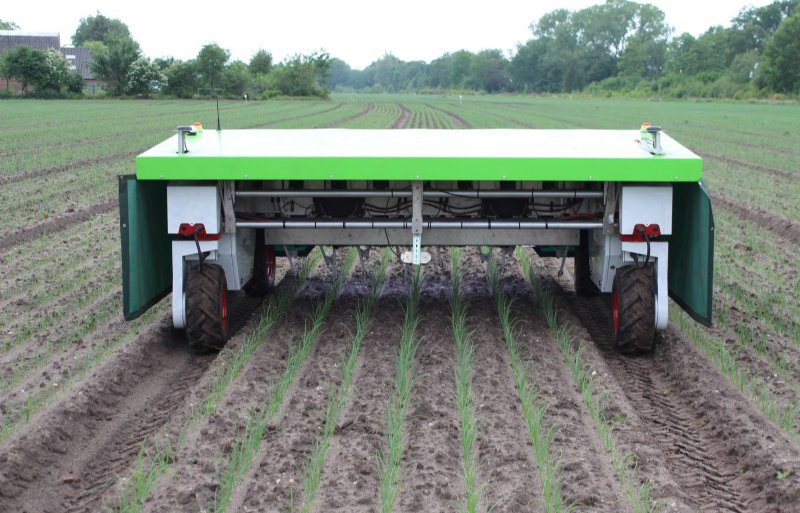Field robots can play a critical role in sustainable farming. This was recently demonstrated at the annual congress of the Dutch Association for Agricultural Technology in Wageningen, Gelderland. But good crop management is the foundation.
Field robots, which are used to control weeds in specific areas and without the use of chemicals, are already being demonstrated in demonstrations or with early adopters. “It’s the algorithms, data, and development costs that determine the value of a robot and the company behind it,” says Ducksize’s Cornet Rispens.
“By comparison, Massey Ferguson worked with 170 engineers over six years to develop the 8s series of tractors. The development of the new tractor took $200 million and 1 million hours of labor,” explains Rispens.
“Basically, this is a product that we have known for decades when compared to field robots that combine autonomous driving, plant recognition and autonomous weeding. This shows how much it costs to develop a field robot that observes, weighs, and then performs flawlessly” .
Subsidies
Subsidies help develop field robots, but Rispens also contributes. “It may seem crazy, but subsidies also hinder development when it has to wait or not be provided.”
For many companies, the grant system is a thorn in the side. Therefore, startups are often looking for investors who would take on the burden of development, production and marketing. For example, the Swedish company Ekobot announced that it had found an investor in the Dutch company Navus Ventures. This is the Lely investment company in Maasluis, South Holland.
An example of rapid development is the ARW-912 weeding robot from Andela Techniek & Innovatie in Flevoland-Nagel. The 9 meter wide standalone machine is equipped with twelve weeding units that can detect and kill weeds in a variety of crops in all conditions. The soil is not disturbed and therefore does not create a new seed bed. Depending on the density of weeds, the machine moves at speeds up to 1000 meters per hour.
complex machine
“Development started in 2019,” says Paul Andela. “In 2021, we started testing a prototype with a single lever, and in 2022 we started assembling. This is a complex machine in which we use artificial intelligence, robotics, autonomous driving, solar panels and 47 electric motors that power it all. Our datasets that distinguish between crops and weeds are critical.”
The Andela weeder robot was quickly developed and brought to market.
The Andela weeder robot was quickly developed and brought to market. © Andela / Klaas Eissens
The robot is constantly deployed and can be deployed two to three weeks earlier (at the pinknop weed stage) than manual weeders. The robot significantly saves labor costs compared to increasingly scarce weeds. Andela has already sold three robots in Flevoland.
Disease control
These datasets also have potential in disease control. “For example, you can see the larvae on it. Perhaps the control of diseases and pests, or, conversely, the application of nutrients can be combined with weeding at a later stage in the process,” says Andela.
Field robots are just a small part of sustainable farming. The way you grow and manage it is critical, says Marlene Riemens, head of crop health at Wageningen University & Research.
Integrated crop management
‘There are many decisions to be made. What should I do? How much? Should I do anything at all or not? A systematic approach to growing under Integrated Crop Management (ICM) can greatly increase sustainability.’
The ICM tool collects knowledge and technologies on sustainable farming in five main areas. The first is the variety of crops, the growing period and the location with the choice of crop rotation and dormant crops. This is followed by a careful selection of varieties and a harvesting strategy. Sustainable soil management includes water and nutrient management, as well as seed bed and soil preparation. The fourth pillar is targeted weed control and finally monitoring and evaluation.
Behind spot spraying is a technology that can reduce the consumption of substances by 95 percent.
Behind spot spraying is a technology that can reduce the consumption of substances by 95 percent. © Frits Huiden
It’s all about the algorithms
Spot spraying is not an autonomous robot, but an important robotic technique behind a tractor. Here, too, we are talking about algorithms and only then about shooting techniques and spraying techniques. “To achieve

